Can a Raised Access Floor System be Customized for Any Industry?
When considering the integration of raised access floors into various workspaces, one may wonder about the adaptability of such systems across different industries. This blog will explore how these versatile structures can be tailored to meet the specific needs of any sector, making them an invaluable asset in creating efficient, flexible, and technologically equipped environments.
Understanding Raised Access Floors
Raised access floors are a hidden gem in modern building design, offering a robust solution for managing the underfoot complexities of today's technological and utility demands. Essentially, these are elevated floor systems that create a void below for safe and convenient passage of electrical wiring, plumbing, and air conditioning, to name a few.
Originally popular in data centers and server rooms for their ability to handle high amounts of cables and provide cooling solutions, raised access floors have found favor across a diverse range of industries. Their customization potential means they can be designed with specific materials, heights, and load capacities.
The Customization Process
Customizing a raised access floor system starts with understanding the unique needs of your space. Factors like the total area, the expected load due to equipment and foot traffic, and the specific utilities to be housed underneath play a crucial role in the design.
Following initial assessments, designers and engineers work closely with clients to choose materials and features that align with the desired aesthetics and functionality. This collaborative approach ensures that the final product not only serves its practical purpose but also complements the overall design of the space.
Benefits for Different Industries
Every industry can reap the benefits of a tailored raised access floor system. For instance, tech companies can significantly enhance their server rooms, making them more efficient and easier to manage. Meanwhile, corporate offices can use underfloor air distribution to improve air quality and energy efficiency.
In retail spaces, the flexibility to quickly and easily reconfigure utility layouts makes adopting new technologies and designs less disruptive. Similarly, healthcare facilities benefit from improved hygiene and easier access to essential services, crucial in emergency situations.
Key Considerations for Customization
While the possibility of customization is vast, it's important to consider several key factors during the design process. Load-bearing capacity, for example, is paramount to ensure the floor can support the intended use, from heavy machinery in industrial settings to high foot traffic in public spaces.
Material selection is another crucial aspect, with options ranging from high-density particleboard to calcium sulphate panels, each offering different benefits in terms of strength, fire resistance, and moisture resistance. Additionally, accessibility options for maintenance and upgrades should not be overlooked.
Innovative Features and Add-Ons
In the realm of customization, the sky's the limit. Innovative features such as integrated cooling systems, advanced cable management solutions, and underfloor heating are only the beginning. Custom finishes and patterns can also be incorporated to create a visually appealing floor space that aligns with the interior design.
For spaces requiring enhanced safety measures, anti-static finishes and seismic bracing options can be added, ensuring the well-being of both the workforce and the equipment housed within.
Real-World Examples
One striking example of a customized raised access floor system can be found in a high-tech manufacturing plant that incorporated heavy-duty panels capable of supporting intricate machinery, alongside an integrated routing system for power and data cables, facilitating a clean and efficient workspace.
Another example is a modern office space that leveraged the aesthetic flexibility of raised access floors to include premium wood finishes that match their corporate branding, all while concealing a state-of-the-art underfloor air distribution system to maximize employee comfort.
Getting Started with Your Custom Design
Embarking on the journey of customizing a raised access floor system may seem daunting at first, but the first step is simple: consult with a specialist. These experts will guide you through the process, from initial concept to the final installation, ensuring that your vision becomes a reality.
With the right partner, creating a floor system that is perfectly tailored to your industry's requirements and your specific preferences is not just possible—it's a seamless process.
Frequently Asked Questions
Q: Can raised access floors support heavy machinery? A: Absolutely. With the correct design and material choice, these systems can be engineered to support even the heaviest of machinery.
Q: Are there limitations to the customizations available? A: While customization offers a wide range of possibilities, practical limitations such as building codes and structural constraints must be considered. However, with expert advice, most challenges can be effectively addressed.
Unlocking the Potential of Customized Raised Access Floor Systems
The customization of raised access floor systems showcases their versatility and capacity to enhance operational efficiency in any industry. By considering the specific requirements of your space, from load-bearing capacities to aesthetic preferences, you can leverage these systems to create an optimized, future-proof work environment. Whether in data centers, offices, or manufacturing plants, a well-designed raised access floor system is a step towards a more adaptable and efficient workspace.
For your next cleanroom raised flooring project contact CleanAir Solutions, Inc. at (707) 864-9499, or by email to Sales@CleanroomSpecialists.com. You can browse the website for more information at www.CleanRoomSpecialists.com

